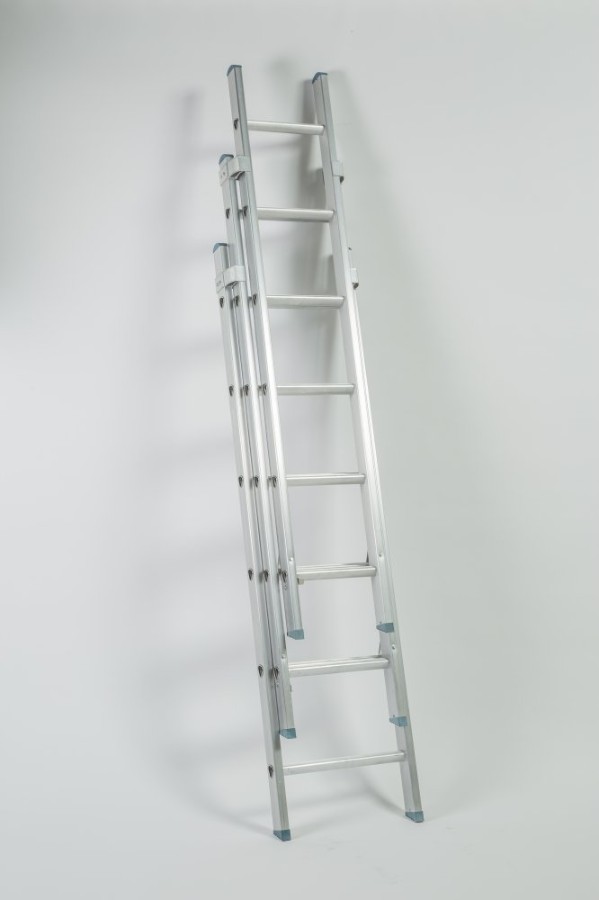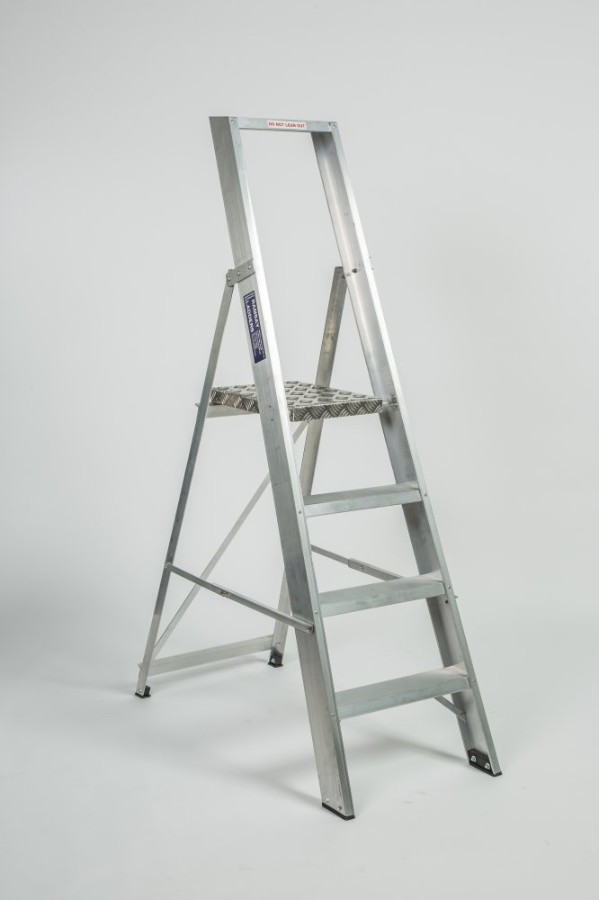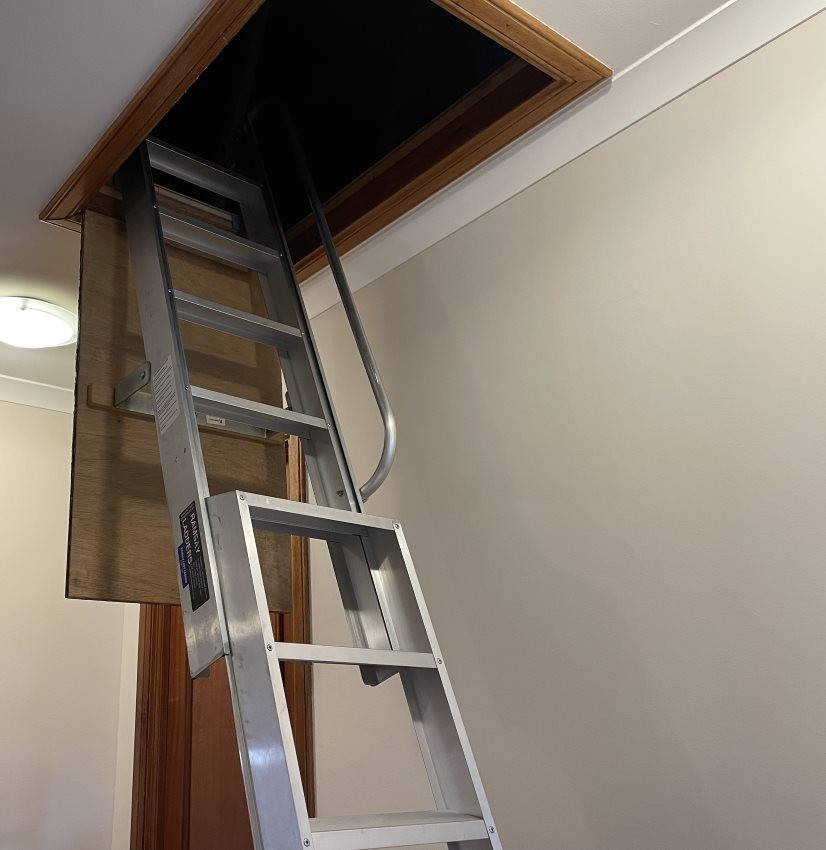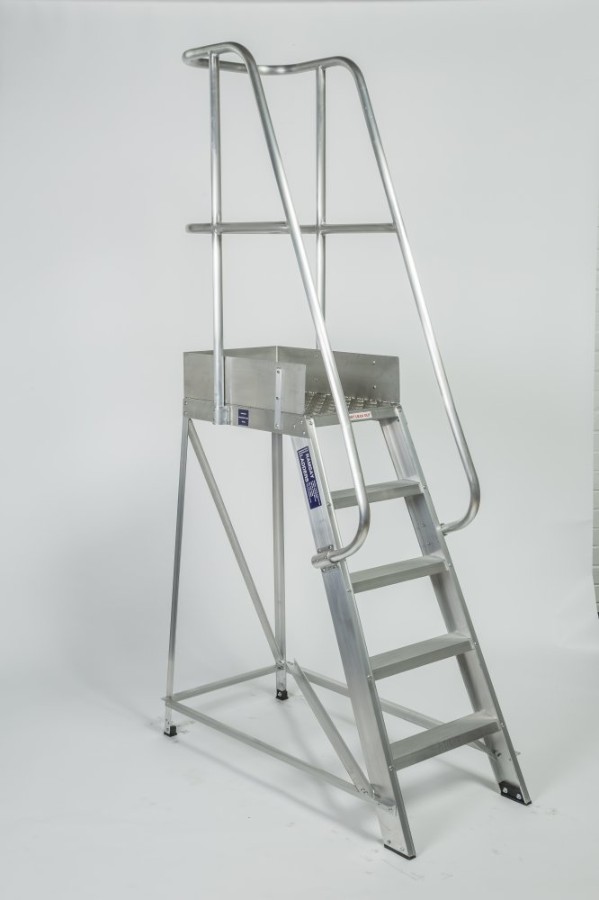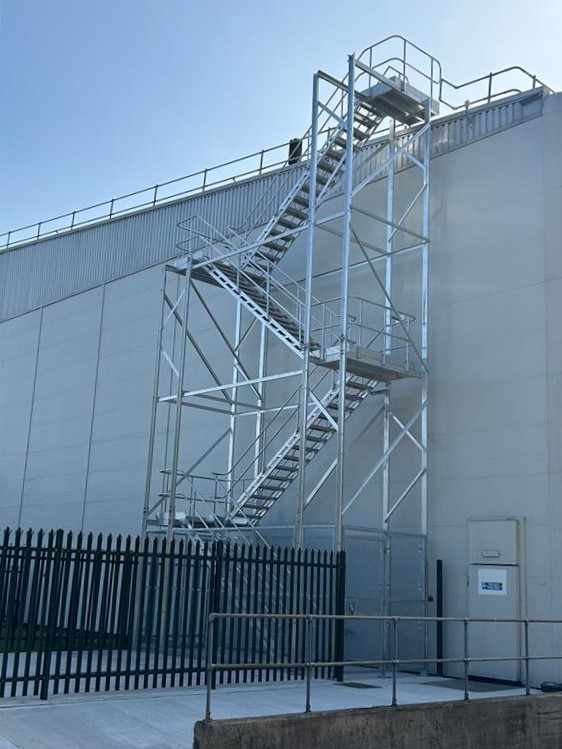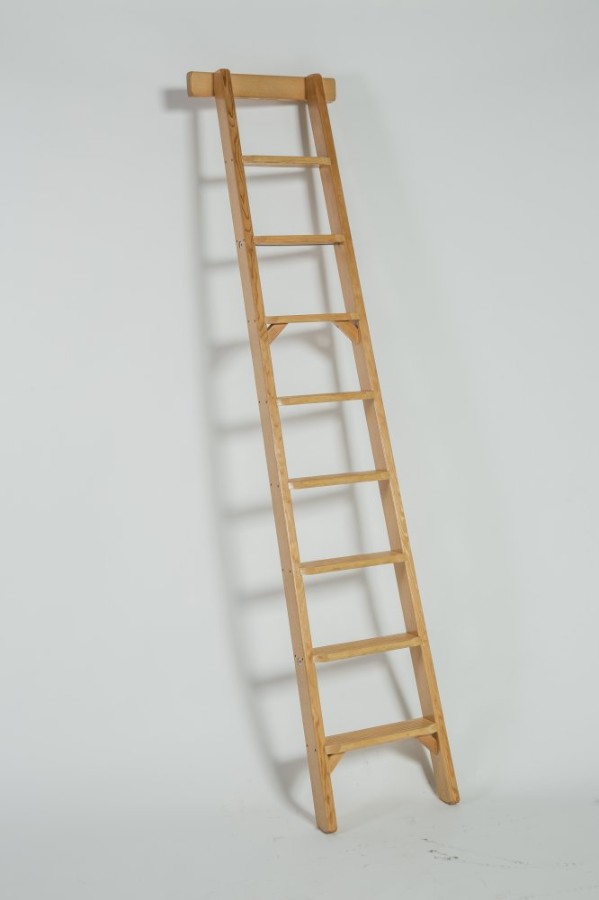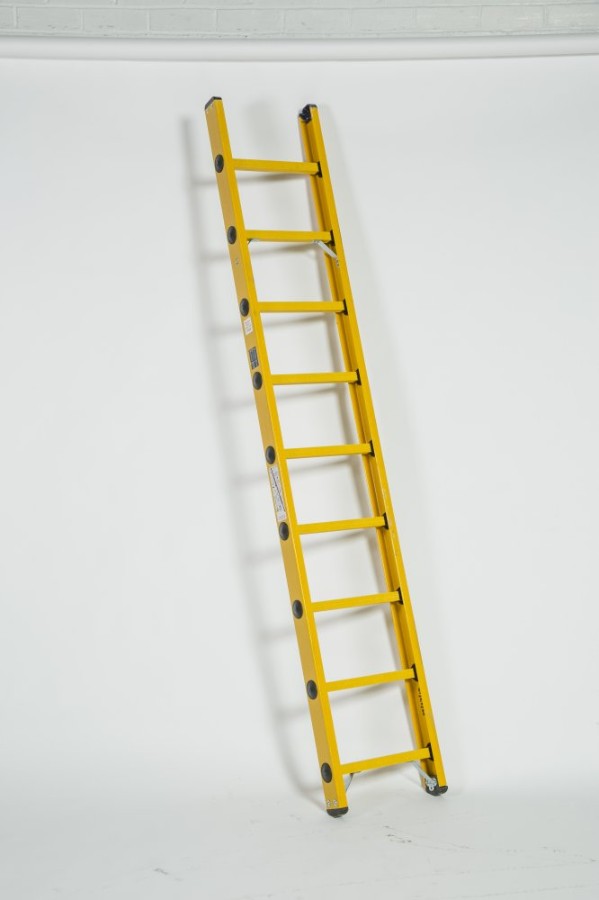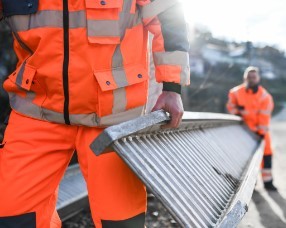How Often Should Your Ladders Be Inspected?
1 September 2022Health and safety is an extremely important consideration when using ladders of any type, whether at home or at work. The statistics say it all - approximately 48,000 people in the UK end up in hospital each year from falling off a ladder, with 40% of all falls from a height caused by ladder accidents.
For this reason, it's essential that ladders should be in good working order, whether you use step ladders for getting something off a high shelf, loft ladders to go into the attic or extension ladders for DIY jobs.
Inspecting Ladders
To ensure ladders are in tip-top condition, they need regular inspections, but how often should this occur?
Experts reckon that you should always give ladders a quick once over every time you use them, or if you move them to a different position.
What To Look For
- Cast your eyes over the stiles, or side rails, of the ladder to look for any areas that may be bent, worn or damaged. Check every rung on the ladder to ensure it is strong and stable, taking note of any that are bent, loose or broken. If you use a wooden ladder, pay attention to any rungs that may be rotten.
- Before climbing loft ladders or stepladders, check that the locking mechanism functions properly and there are no worn fixtures. Inspect the platform section on a stepladder to identify any areas that may have buckled or split.
- Whatever ladders you use, always give the feet an inspection. The chances of the ladder slipping and thus causing you to fall, increase if the feet are missing, broken or worn.
Should you spot any defects on any part of the ladder, then it's important that you don't use it, as your safety could be compromised. It usually makes more sense to replace your ladder rather than opting for spares or repairs.
Expert Inspection
As well as inspecting a ladder yourself before each use, we recommend that a detailed formal inspection by a professional should take place every three months or so.
An expert inspection can pick up defects that you wouldn't have been trained to notice yourself, and it forms an essential part of health and safety procedures, especially if ladders are used in the workplace.
Inspection details carried out by an authorised expert will need to be logged for health and safety purposes. Equipment will be tagged with a ladder inspection tag, registered and dated so you know when the ladders were inspected, and when they'll need looking at again.


